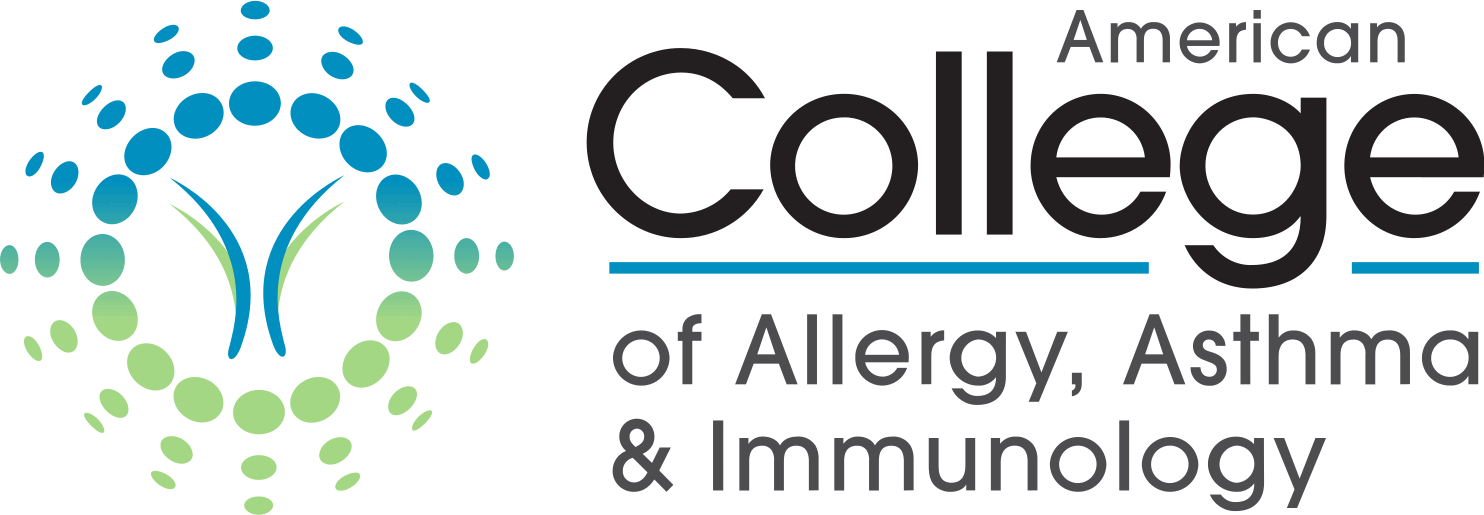Newswise — New therapies for allergic rhinitis may be more effective and have fewer side effects than older medications, and may increase patient compliance, according to research presented at the Annual Meeting of the American College of Allergy, Asthma and Immunology (ACAAI) in Anaheim.
"Two thirds of patients forget to take their medicines, and a third don't feel that their medications work," said William E. Berger, M.D., M.B.A., a clinical professor of pediatrics at the University of California, Irvine. "Patients basically want a fast onset of action and long duration, prefer not to use steroids, and want medications that are non-habit forming and that have few adverse effects."
"We basically have patients with a chronic disease who are not completely happy with their present therapies, and that includes antihistamines, decongestants, steroids and allergy immunotherapy," he said.
One of the new therapeutic paradigms is sublingual immunotherapy (SLIT). There is no direct absorption of the allergen through the mucosa, and it is the most widely used non-injection route in Europe.
"It is allergen specific so it only can be administered for one allergen at a time, which is one of the limitations. We're not sure of its direct mechanism of action, but the hypothesis is that it is absorbed into the regional lymph nodes," Dr. Berger said.
The initial dosing is 1:1,000 dilution, and it is placed under the tongue, kept there for two minutes and then swallowed. For pollen allergy, it is given before and during the season, while for perennial allergies, it is given on a continuous basis.
The main advantages of SLIT is that it is convenient to use and cost effective, but the downside is that is has to be taken every day. Compliance is limited when medication must be taken on a daily basis, said Dr. Berger. One double-blind placebo controlled study found that SLIT was effective, and reduced drug consumption in patients with grass-pollen rhinitis, include those who had mild asthma.
Another new therapy is anti-IgE, which is a recombinant monoclonal antibody to IgE. It inhibits binding of IgE to high affinity IgE receptors on the surface of mast cells and basophils, and has shown efficacy for patients with asthma and/or seasonal allergic rhinitis. The anti-IgE drug that has entered the marketplace is omalizumab (Xolair), approved for treatment of moderate-to-severe forms of allergic asthma.
There has been an interest in combining specific immunotherapy (SIT) with anti-IgE monoclonal antibody treatment, as the two have complementary modes of action. In a study that evaluated the efficacy of combined SIT and anti-IgE therapy in children and adolescents with birch and grass sensitivity, combination therapy reduced the symptom load by 48 percent, compared to SIT alone.
During the grass season, SIT reduced symptoms by 32 percent while combination therapy reduced them by 71 percent.
Second generation antihistamines are another new modality, explained Dr. Berger. One of the newer medications is azelastine, an antihistamine that is delivered as a nasal spray, and differs from other drugs in its class in that it also exhibits anti-inflammatory activity. It stabilizes the mast cells and reduces the mediators of inflammation.
In a recent study which compared azelastine with oral cetirizine, azelastine significantly improved the total nasal symptom score (TNSS), 29.3 percent vs. 23 percent. It also had a faster onset of action which is what you would expect with a nasal spray, said Dr. Berger, and an improved quality of life.
"Another new nasal antihistamine second generation nasal spray in development is Olopatadine, which is available right now as eye drops. It is non-sedating, it has anti-inflammatory activity and will have value in treating allergic inflammation seen in allergic rhinitis."
In a study which evaluated the effect of olopatadine on human nasal epithelial cells, the agent significantly inhibited histamine-stimulated IL-8 in a dose dependent manner. When studied in patients with seasonal allergic rhinitis, olopatadine 0.6 percent significantly reduced TNSS, as compared to placebo, from 90 minutes after taking the drug to 12 hours afterwards.
Ciclesonide, a new inhaled corticosteroid nasal spray, has also shown to be effective in the treatment of seasonal allergic rhinitis. The parent compound is converted locally in airways by esterases to produce the active metabolite desisobutyrl-ciclesonide (DES-CIC), said Dr. Berger, and it only works in area of respiratory mucosa.
DES-CIC is 99 percent protein bound and metabolized by the liver, and therefore results in a very low rate of systemic exposure. Its effects are experienced primarily in the respiratory system. A randomized, double-blind placebo-controlled study found that TNSS changes were significant for ciclesonide, compared with placebo.
"The focus of treatments coming up in the future are safety, cost-effectiveness, improving patient compliance, as well as recognizing and treating comorbidities," Dr. Berger said.
The ACAAI is a professional medical organization, headquartered in Arlington Heights, Ill., comprising nearly 5,000 qualified allergists-immunologists and related health care professionals. The College is dedicated to the clinical practice of allergy, asthma and immunology through education and research to promote the highest quality of patient care.
